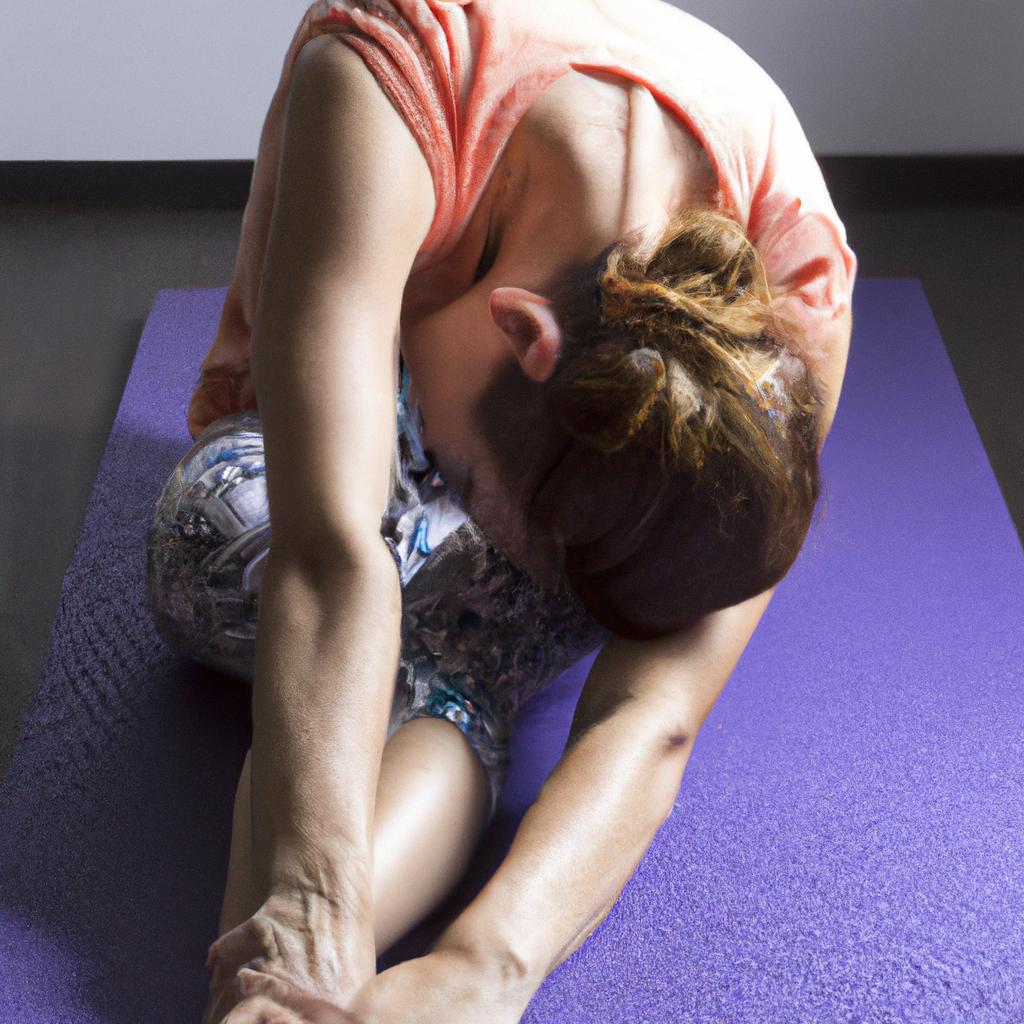**”Restorative Yoga for Athletes: Enhancing Recovery and Reducing Injury Risk Through Gentle Movement”**
# Restorative Yoga for Athletes: Enhancing Recovery and Reducing Injury Risk Through Gentle Movement
Athletics can be demanding on both the body and the mind. While rigorous training and competitive events can help athletes achieve peak performance, they can also lead to fatigue, muscle soreness, and an increased risk of injury. To counteract these effects, many athletes are turning to restorative yoga, a gentle practice that emphasizes relaxation, recovery, and mindfulness. This blog post will explore how restorative yoga can enhance recovery, reduce injury risk, and complement an athlete’s training regimen.
## What is Restorative Yoga?
Restorative yoga is a calming form of yoga that focuses on relaxation and the restoration of the body’s natural balance. Unlike more vigorous styles of yoga, restorative yoga involves holding poses for longer durations, often supported by props such as blocks, blankets, and bolsters. This practice encourages deep relaxation, allowing the body to heal and recover more effectively.
### The Role of Breath in Restorative Yoga
Breath plays a crucial role in restorative yoga. Focusing on deep, intentional breathing helps to calm the nervous system, reduce stress, and promote a sense of well-being. This emphasis on breath can help athletes better connect with their bodies, making it easier to identify areas of tension or discomfort.
## Health Benefits of Restorative Yoga
Restorative yoga offers a variety of health benefits that can be particularly advantageous for athletes.
### Enhanced Recovery
After intense workouts or competitions, the body needs time to recover. Restorative yoga promotes blood flow, increases flexibility, and aids in the removal of toxins from the muscles. By engaging in gentle stretches and poses, athletes can alleviate soreness and speed up recovery times.
### Injury Prevention
By focusing on correct alignment and gentle movement, restorative yoga helps to strengthen muscles, improve joint stability, and enhance overall body awareness. This can lead to better biomechanics during athletic activities, reducing the likelihood of injury.
### Stress Reduction
Athletes often face mental stress from competition and training. Restorative yoga provides a sanctuary for relaxation, allowing athletes to unwind and recharge mentally. The practice can help reduce anxiety, improve mood, and enhance overall mental resilience.
## Nutrition Tips for Athletes Incorporating Restorative Yoga
Nutrition plays a pivotal role in recovery and overall athletic performance. Here are some tips to optimize your diet when incorporating restorative yoga into your routine:
### Hydration is Key
Staying well-hydrated is crucial for recovery. Make sure to drink plenty of water throughout the day, especially before and after yoga sessions. Herbal teas can also be a soothing addition post-practice.
### Focus on Anti-Inflammatory Foods
Incorporate foods rich in antioxidants and anti-inflammatory properties into your diet. Consider foods such as berries, leafy greens, turmeric, ginger, and fatty fish like salmon. These foods can help reduce inflammation and speed up recovery.
### Balanced Meals with Healthy Macronutrients
Aim for balanced meals that include a mix of proteins, healthy fats, and complex carbohydrates. This will provide the necessary energy for your workouts and support muscle recovery. Examples include quinoa bowls topped with grilled chicken and avocado or oatmeal with nuts and fruit.
## Exercise Advice for Athletes
Integrating restorative yoga into your training plan can be highly beneficial. Here are some exercise tips to consider:
### Schedule Regular Restorative Sessions
Aim to include restorative yoga sessions into your weekly routine, ideally following intense workouts or competition days. A 30 to 60-minute session can be incredibly effective in enhancing recovery.
### Listen to Your Body
As you practice restorative yoga, pay attention to how your body feels in different poses. If you experience discomfort, don’t hesitate to modify or skip poses. The goal is to find comfort and relaxation, not strain.
### Combine with Other Recovery Techniques
Restorative yoga can be complemented by other recovery techniques such as foam rolling, massage, or contrast baths. Integrating these practices can further enhance recovery and improve performance.
## Conclusion
Incorporating restorative yoga into an athlete’s training regimen not only enhances recovery but also reduces the risk of injury through gentle movement and mindfulness. By focusing on breath, nutrition, and listening to the body, athletes can experience significant benefits that contribute to both their physical and mental well-being. Embrace restorative yoga as a vital component of your athletic journey, and experience the transformative effects it can have on your performance and recovery.















Post Comment